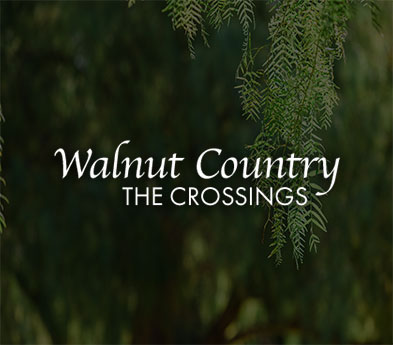CHOA – Tree Failure — Insight and Information

Fellow Homeowners:
This piece is being written to provide insight and information to our community about how one of the Association’s largest assets (its trees) are managed. During this year’s recent storms, CHOA along with many other communities have been affected by tree failures. In an effort to alleviate concerns, we thought we should share the program, the methods, the related activities, and other information in order to provide our homeowners an understanding of the care and management of one of the community’s largest assets – our trees.
Now with that out of the way, let’s get into CHOA’s program management of the forest in our common areas:
- The Association spends significant money each year to review and maintain our trees. In the last three years, the Association has spent roughly $30,000 annually in just tree maintenance alone. Those dollars do not include all emergency work and removals or other work done in conjunction with the landscape projects occurring in our community each year.
- Since the mid-1990s, CHOA has employed ISA Board Certified Master Arborists & ISA Tree Risk Assessor Qualified professionals to perform walks with the Management Company and the Landscape Chair to do a review of the Association’s trees.
- Once to twice yearly, these walks occur and typically are a long 3-5-hour walk-through of our hundreds/upwards of a thousand trees in the common areas.
- These walks target high and medium risk trees based on risk to persons and property and as such, certain trees are removed due to health or other noticeable signs of peril and others are noted for trimming to assist in overall tree health and stability.
- Factors reviewed by the Arborist include, but are not limited to:
- Species and location,
- Limb attachment for potential failure,
- Overall weight of extended canopy, and
- Diseases and pest.
Now let’s review our events, some context, and information related to the winter of 2018-19:
- We have had some of the most severe winter storms in the state’s history or at least over the last decade. Some of the winds during these events have been enormous.
- Each storm season we have an unforeseeable, uncontrollable weather circumstance that takes one or several trees out. These events are the same as when a tornado or hurricane hit somewhere. When the wind is right, it can wipe anything out as we all know.
- Below are some comments and observations from our Arborist professionals paraphrased to the Board and others during this year’s events:
- Over the years, there have been very few failures considering the number of trees the Association has to maintain.
- Given we have recently endured five years of historic drought, followed by this year’s above normal heavy rain and wind, we would expect there to be more failures regardless of maintenance.
- There has been discussion of a tree-by-tree risk assessment to be performed. This would be costly and would not eliminate failures. The only way to eliminate failure potential is to eliminate all the trees.
To summarize, the Board and management work hard to ensure the Association has appropriate work done to preserve its assets and maintain its common areas to the best of its abilities. The association employs professionals to provide guidance and advice to assist in all of these endeavors. Our trees are an important part of this entire process.
